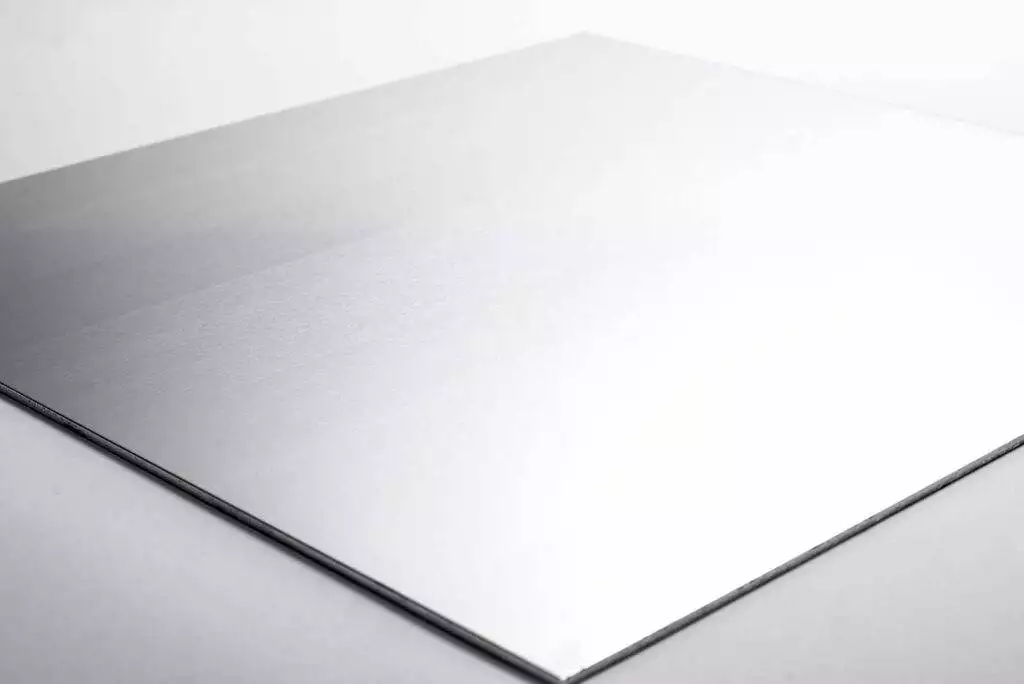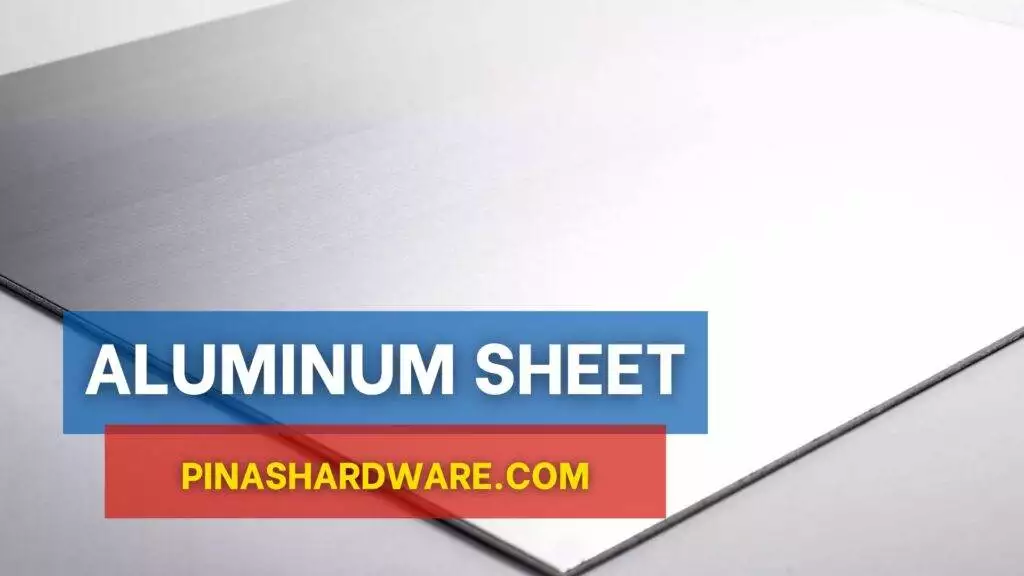The Aluminum Sheet is a flat, thin, and versatile form of aluminum metal that is widely used in various industries such as construction, transportation, packaging, and electronics due to its lightweight, corrosion-resistant, and malleable properties. They play a very important role in modern industry and society due to the various benefits that they offer which can be seen in their widespread use across a diverse range of applications and sectors.
Aluminum Sheet Prices
Aluminum sheet prices can vary depending on its dimensions and the units you purchase. On average, the cheapest sheet you can find in the market is priced at ₱1,851.493 and goes up to ₱9,184.28.
| Details | Units | Dimensions | Price per Unit |
| RS PRO Aluminium Metal Sheet | 1-14 | 600mm x 600mm, 3mm | ₱2,648.72 |
| RS PRO Aluminium Metal Sheet | 15-29 | 600mm x 600mm, 3mm | ₱2,569.25 |
| RS PRO Aluminium Metal Sheet | 30+ | 600mm x 600mm, 3mm | ₱2,492.17 |
| RS PRO Aluminium Metal Sheet | 1-14 | 300mm x 500mm, 3mm | ₱1,967.79 |
| RS PRO Aluminium Metal Sheet | 15-29 | 300mm x 500mm, 3mm | ₱1,908.75 |
| RS PRO Aluminium Metal Sheet | 30+ | 300mm x 500mm, 3mm | ₱1,851.49 |
| RS PRO Aluminium Metal Sheet | 1-14 | 1200mm x 1200mm, 3mm | ₱9,184.28 |
| RS PRO Aluminium Metal Sheet | 15-29 | 1200mm x 1200mm, 3mm | ₱9,055.59 |
| RS PRO Aluminium Metal Sheet | 30+ | 1200mm x 1200mm, 3mm | ₱7,452.84 |

Advantages of Aluminum Sheet
Lightweight – The aluminum sheet is significantly lighter than other metals such as steel, which makes it easier to handle, transport, and install, making it perfect for applications where weight reduction is important.
Corrosion Resistance – Aluminum has excellent corrosion and moisture resistance due to its naturally formed oxide layer that helps protect its surface. In addition, they are also slightly resistant to chemicals which is why they can last longer when compared to other materials.
Malleability – Due to it being highly malleable and ductile, the aluminum can be easily formed, bent, and shaped without even cracking or breaking. This flexibility enables manufacturers to produce complex shapes and designs that can be used for various applications.
Recyclability – Aluminum is fully recyclable, and this is without the material losing its inherent properties, which makes it a sustainable and environmentally friendly material choice. It can be recycled repeatedly with minimal energy consumption, reducing the demand for primary aluminum production and conserving natural resources.
Disadvantages of Aluminum Sheet
Lower Strength – Compared to some other metals such as steel, aluminum has lower tensile and compressive strength, which makes its use in applications requiring high structural strength or load-bearing capacity very limited.
Higher Cost – Aluminum sheets are generally more expensive than other materials such as steel or plastic and you might want to consider what is needed when opting for this material, as it can significantly impact the overall project budget.
Susceptibility to Denting – Aluminum is softer when you compare it to other types of metals, making it prone to dents, scratches, and any kind of surface damage. It will require additional care and maintenance just to preserve the appearance of aluminum sheet products.
FAQs
What is an aluminum sheet used for?
Some common uses of aluminum sheets include aerospace, automotive, construction, packaging, electronics, industrial, and manufacturing.
How much is a sheet of aluminum?
The price of a sheet of aluminum varies depending on many factors, but on average, they cost around ₱2000.00 – ₱9000.00
What is the cheapest type of aluminum sheet?
The cheapest type of aluminum sheet is those that have the lowest grade and simplest alloy compositions.
How strong is aluminum sheet metal?
The strength of aluminum sheet metal can vary depending on factors such as alloy composition, tempering process, thickness, and other variables.
Is aluminum cheaper than steel?
Aluminum can be more expensive than steel depending on factors such as raw material cost, weight, and density.

